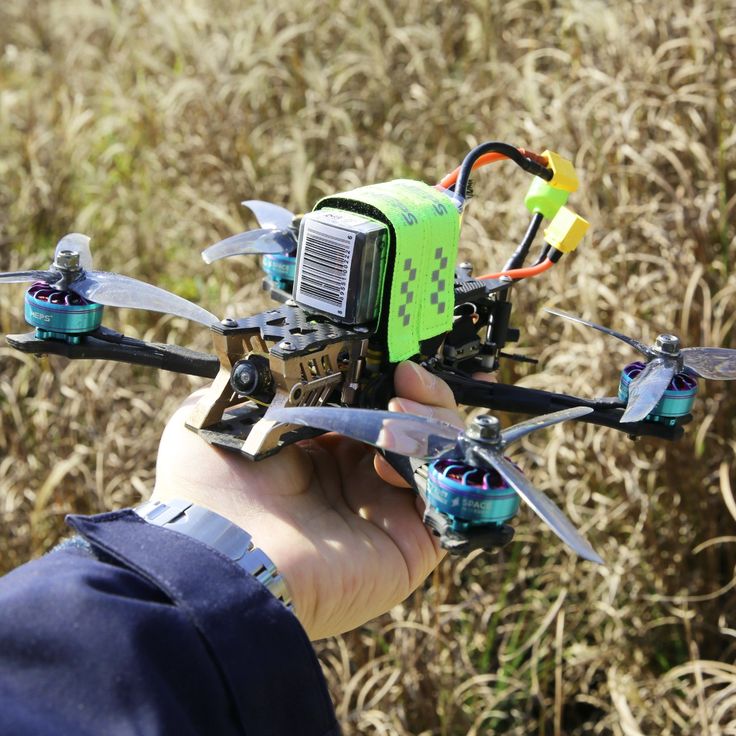The Internet of Behaviors (IoB) is reshaping how children engage with digital platforms, impacting their behavior, habits, and overall well-being. With increasing access to devices and platforms that are driven by IoB technology, children are exposed to a more personalized and targeted digital experience. But how does this constant tracking and analysis affect their development and well-being?
IoB and Its Influence on Children
The Internet of Behaviors refers to the practice of collecting and analyzing user data to predict and influence behavior. In the context of children, this means platforms can track their online activity and interactions to create tailored experiences. For example, social media algorithms can identify the type of content a child frequently engages with and present more of the same, reinforcing certain behaviors and interests.
According to an in-depth discussion on IoB by ExpressVPN, this approach goes beyond basic personalization, aiming to guide and shape online behavior. While this might seem harmless in the short term, the long-term implications on children’s development and digital habits are significant.
The Risks of Personalized Digital Experiences
For children, who are still developing their critical thinking skills and understanding of digital media, IoB-driven platforms can be a double-edged sword. On one hand, tailored content can enhance learning experiences by offering personalized educational material. On the other hand, the constant reinforcement of certain preferences or behaviors may limit exposure to diverse viewpoints and new experiences.
One concerning aspect is the creation of digital echo chambers, where children are repeatedly exposed to the same types of content, ideas, or opinions. This can limit their ability to think critically or explore new interests, ultimately affecting their cognitive development and social interactions.
Digital Well-Being and Screen Time
The impact of IoB on children’s well-being goes beyond the content they consume. It also affects the amount of time they spend online. IoB algorithms are designed to maximize engagement, which often results in children spending extended periods on digital platforms. This overexposure to screen time has been linked to various issues, such as sleep disturbances, reduced physical activity, and increased anxiety.
A 2023 report in Forbes Tech Council emphasizes the need for parents and educators to be aware of how IoB influences children’s screen time and overall digital behavior. By understanding these mechanisms, adults can guide children towards healthier online habits.
Practical Steps to Protect Children’s Digital Well-Being
While IoB-driven platforms will continue to be a part of children’s digital lives, there are steps that parents and educators can take to protect their well-being:
- Set Clear Screen Time Limits
Establish clear guidelines for how much time children can spend on digital devices each day. This can help reduce the negative impact of prolonged screen time on their physical and mental health. - Monitor Digital Activity
Stay informed about the content children are consuming and the platforms they are using. Regularly check for changes in their online behavior or interests, and engage in open discussions about their digital experiences. - Encourage Diverse Content
Promote the consumption of varied content to broaden children’s perspectives. Encourage them to explore new topics, ideas, and hobbies outside of their usual preferences. - Use Parental Control Tools
Make use of parental control settings and tools to limit access to inappropriate content and manage screen time effectively. This can help create a safer and more balanced digital environment. - Teach Digital Literacy and Awareness
Educate children about how online platforms work and how data is collected and used. Helping them understand the mechanisms behind IoB can empower them to make informed choices about their digital behavior.
The Role of Parents and Educators
Parents and educators play a crucial role in helping children navigate an IoB-driven digital landscape. Open communication about online experiences and regular discussions on digital well-being can encourage responsible online behavior. By setting boundaries and promoting healthy digital habits, adults can mitigate the negative impacts of IoB and ensure that children’s online experiences are enriching and balanced.
Conclusion: Building a Healthy Digital Future for Children
The Internet of Behaviors has introduced new dimensions to children’s digital experiences, offering both benefits and challenges. While IoB can provide personalized learning opportunities and tailored content, it also poses risks to children’s digital well-being and critical thinking abilities. By taking proactive steps and fostering open communication, parents and educators can help children develop a healthier relationship with digital platforms, ensuring their well-being in an increasingly connected world.






